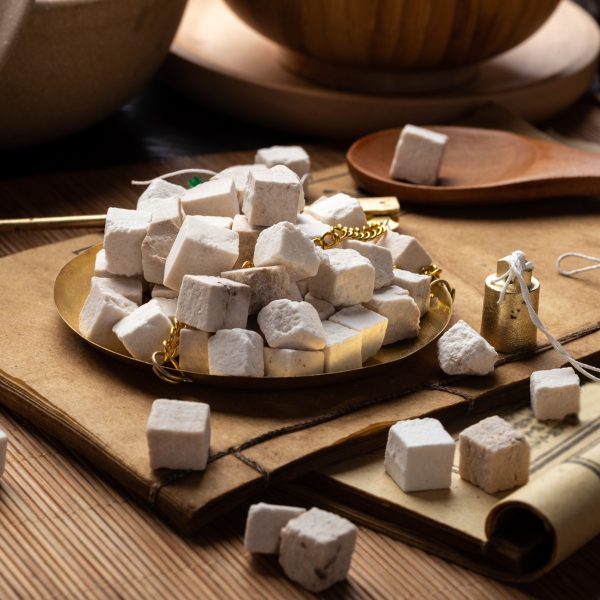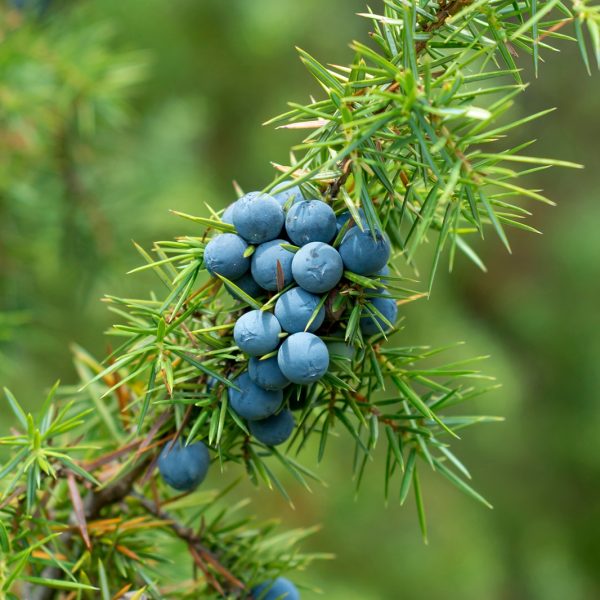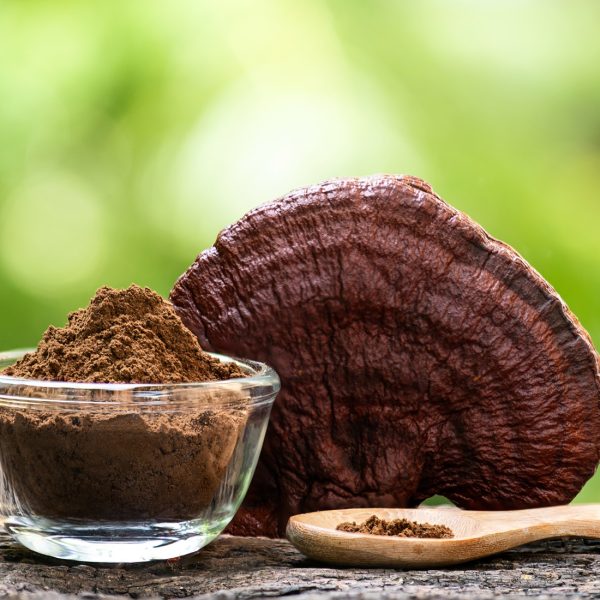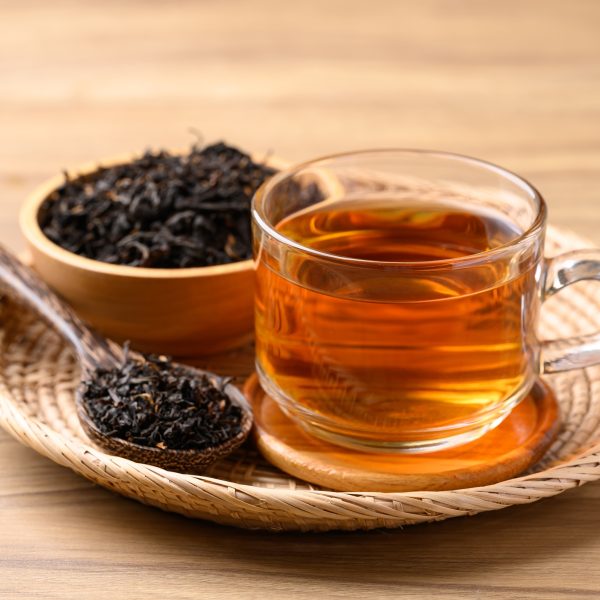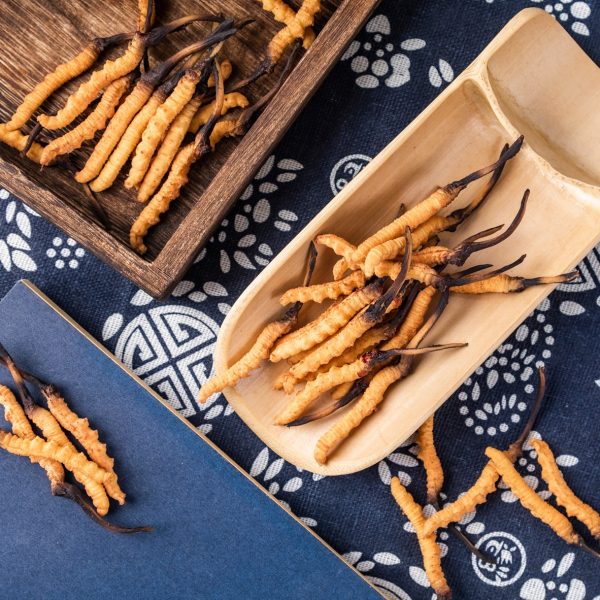Alex Jacobs explores how Chinese Herbal Medicine can help to treat a range of inflammation symptoms.
Introduction
Inflammation is the healing response of the body to tissue damage. The four characteristic signs and symptoms of inflammation are redness, pain, heat and swelling. These are familiar symptoms that we all know and most of us will have experienced to varying degrees within our lives. We have a knock and we know almost instinctively that its likely to get red, hot, swollen and painful.
Chinese Herbal Medicine (CHM) has a long tradition of treating these four symptoms of inflammation, but how can herbs possibly treat these very physical symptoms? And then there is ‘the turmeric paradox’…

Many of us will now be aware of the countless studies showing the powerful effects of turmeric and its active ingredient Curcumin on inflammation (1). However, Chinese medicine classifies turmeric as warming in nature. Have a cup of turmeric tea and see for yourself, it has a gently warming effect. It is part of the zingiberaceae family which also includes ginger. So if inflammation is defined as causing redness, swelling and heat, how can something warming reduce it? In this article, you are going to be let into the secrets of how practising Chinese herbalists actually think and how we can construct highly nuanced, tailored and effective approaches to treating inflammation with herbal medicine. With this knowledge, the turmeric paradox will be solved!
Before we get started with the Chinese medicine, let’s learn a little more about why we get those four symptoms with inflammation. In Tortora and Derrickson’s Principles of Anatomy and Physiology, they explain:
‘Inflammation is an attempt to dispose of microbes, toxins, or foreign material at the site of injury, to prevent their spread to other tissues, and to prepare the site for tissue repair in an attempt to restore tissue homeostasis.’ (2)
This definition in essence has two parts. The first is dealing with infection, a defensive response. The second relates to repairing the tissue and restoring homeostasis or balance. Even though there is much to say about how herbal medicine fights infection and the powerful anti-microbial actions of herbs, in this article we are going to focus on the second, repairing tissue and restoring balance.
So why these four symptoms? Redness and swelling are caused by vasodilation and increased permeability, which leads to greater blood flow into the affected area. Heat not only helps fight infection but it also increases the efficiency of tissue repair. Pain is an instruction to the brain to stop activity that harms the body and take care of the affected area.
Simply, the body is doing its best to facilitate blood flow in and out of the affected area in order to promote a healing response. Here is where we find the most significant point of convergence with Chinese medicine thinking, ‘FLOW’. There is a famous Chinese medical saying.
通則不痛,不通則痛 – tong ze bu tong, bu tong ze tong
It translates to ‘Where there is flow, there is no pain. Where there is no flow, there is pain.‘
It is a play on words because both the word for flow and the word for pain in Chinese are both pronounced ‘tong’ albeit with different tones.
One could say then that the Chinese medicine approach to inflammation is a detailed in-depth examination of all the different factors that cause flow to be disrupted in the body. In this article, we will look at how the climate influences flow through temperature and fluid balance. As we go, I will give you examples of everyday and culinary herbs that you can try and experience the effect for yourself.
Climate and Flow
The temperature and humidity of the climate fluctuates from season to season, day to day and during the day night cycle. It is also markedly different according to which geographical region we live in. Despite all of these fluctuations, the body must maintain its own balance between extremes of heat and cold on the one hand and dampness and dryness on the other. Temperature and fluid balance profoundly affects flow.

Temperature: Heat and Cold
Did you know that you can hear the difference between hot and cold water? Try it out, in a blind test, have a friend pour hot water into a cup and cold water into a cup and ask you which is which, ten times out of ten you will give the right answer. This is something that we know but we don’t know we know! It is a knowing we aren’t necessarily aware we have. But why do they sound different? They sound different because temperature affects the viscosity or ‘thickness’ of the water. At low temperatures, water is more viscous and flows slower and less freely. At higher temperatures it is less viscous and flows faster and more freely. This is easier to see in a thicker substance like honey.
Our blood is a fluid and it obeys these same principles. If our body fails to maintain a warm enough temperature, the Chinese observed that ‘flow’ or circulation of fluids start to ‘congeal’ and flow less smoothly. If the solution to inflammation is promotion of flow, then restoring this flow is key. If the fluids of the body are cold, then quite simply, we need to warm them up. One of the first herbs we will go to when blood is not flowing due to cold is Cinnamon. Cinnamon is spicy sweet and warm. It also has an amazing ability to promote flow out towards the limbs and extremities. The spiciness invigorates the flow of blood and the sweet flavour harmonises.
If there is chronic stagnation of flow in the blood from cold over a period time, this can lead to a more entrenched stagnation. One might think of how a river can start to get silted up and blocked over time. When the water stands still, it stagnates. In this kind of situation, we need something not only to warm the flow and invigorate the blood, but also to go a little deeper and stir up the metaphorical silt sitting at the bottom.
And now we get to solve ‘the turmeric paradox’. Turmeric is spicy and warm, but it is also bitter. The warmth and spiciness, like Cinnamon, warms and invigorates the blood. However, the bitterness drives the effect deeper and has a ‘dredging’ effect. In the Chinese materia medica it is said to have the ability to disperse clumping in the circulation. So, turmeric powerfully restores flow and through this helps reduce inflammation. In the right circumstances, it does this in the best way. Instead of suppressing the natural inflammatory healing response, it assists it and makes it more efficient.
Chronic blood stagnation is one of the most common effects of ageing. As we age, our constitutions weaken and so does our circulation. Over time, the circulation of blood stagnates, so much so that it can be visible to the eye, for example with varicose veins. This makes turmeric an ideal tea for the elderly.
Turmeric actually came later on to the Chinese pharmacopeia, with its origins in Central Asia and long being used by Ayurveda and Middle-Eastern medicine traditions. However, when it arrived, brought to China along the Silk Road, the Chinese embraced it, classified it and it quickly became a frequently used herb within the medicine.
Too much heat in the blood can also affect circulation. Heat can cause the blood to move ‘recklessly’ and to flow outside of the vessels. It can also dry the body out and cause dehydration. For this reason, Chinese medicine also uses cooling herbs to treat flow. However, we are warm-blooded mammals with a necessity to keep our body temperature elevated against the forces of nature. Consequently, we must always be careful not to cool the body down too much and lose the root of our energy. For this reason, Chinese medical practitioners prescribe herbal formulae and balance the temperature by combining both warming and cooling herbs.
Fluid Balance: Dampness and Dryness
We probably all know someone who had terrible chronic aches and pains in the body and then they went on holiday and they all disappeared. The UK has a damp climate. Excessive dampness obstructs flow. If someone suffers from pain caused by excessive dampness and they go to a hot dry country, perhaps to a desert environment, the climate becomes the cure. In Chinese medicine, there are countless different ways we can deal with damp in the body: we can give herbs to transform it; to dry it; to leach it out through the urine; to take it out through the bowel; to disperse it; or even in some cases, to sweat it out. By getting diagnosed from a well-trained practitioner, they can make a nuanced decision in choosing the correct strategy to deal with the damp in the body.

Even though there are many different herbs and strategies to deal with damp, there is one which is used in everyday cooking in China that is very safe, very effective and has a wide variety of applications. Its Chinese name is Yi Yi Ren and it is variously called Job’s Tears, Coix seed or Chinese pearl barley in English. It has a bland taste. Bland foods sometimes have the ability to ‘leach’ damp out through the urination. You can cook with it and put it in your food or you can boil it in water and drink it as a tea. The Chinese consider it particularly effective in treating damp that lodges in the joints. One of its great benefits is that it not only drains damp, but also clears stagnant heat while at the same time having a nourishing quality. This gives it a very balanced effect. It is a medicinal which is very often found in damp type pain conditions.
Dryness causes the blood flow to stagnate, just as water lacks the power to flow when there is insufficient amounts. For dryness, we can use the sweet flavour to moisten and the sour flavour to astringe and help retain the fluid we have. A classic Chinese medicine combination for pain is to bring together the sweetness of licorice root with the sour, bitter, cool but nourishing quality of white peony root. These two herbs combined are one of the most famous two herb combinations for pain, particularly when the cause is lack of fluids.
Just getting started… This is a brief introduction to Chinese medicine thinking on how herbs influence flow but there are so many more factors that Chinese medicine practitioners consider.
Opening and Closing

The Chinese understood that the body has a mechanism to open and close towards the exterior. If its cold the pores will close down and warmth and fluids will flow more interiorly to protect the internal organs. If it is hot the pores open and warmth and fluids flow to the exterior to help the body cool down. If this opening and closing of ‘the exterior’ of the body becomes unregulated it can also profoundly affect the quality of flow in the body and the temperature and fluid balance. Chinese medicine has innumerable tomes just dedicated to this question and how to address these imbalances with different herbs and formulae. Opening, exterior releasing, sweat promoting herbs tend to be spicy like ginger and cinnamon. Closing, exterior consolidating herbs tend to be sour like white peony root. When you pair these herbs together they balance opening and closing and regulate the exterior. Now you know why ginger, lemon and honey is so good for colds!
Emotions and Flow

You can use this spaImagine for a moment, something that makes you really angry, properly furious. Now become aware of your physical body. You may be aware that you are clenching muscles up and down the body, your heart rate may have gone up, you may feel hot, flushed and red in the face, mind racing. Emotions have a tangible and profound effect on flow in the body and effect everything from our internal organs to the blood circulation. If emotions are unregulated, either over-expressed or repressed, they constantly through our physiological balance out. Many Chinese herbs have profound effects on our emotions through re-establishing flow. Many of these herbs have powerful aromas that harmonise the mind but also move our qi. When our qi moves, our blood moves. Examples of these would include mint, rose or jasmine.
Internal disharmonies
Many diseases and ailments also cause inflammation, pain or discomfort. Constipation can cause heat, dryness and stagnation in the body. Diabetes can cause peripheral neuropathy, numbness in the extremities. The after effects of severe colds and flus can lead to chronic pain as is being seen worldwide in the now common presentation of ‘Long Covid’. The skilled diagnosis and intervention of a Chinese herbalist can at the least ameliorate the symptoms of these internal conditions but in many cases get right to the root of them and restore the whole body back to balance.
Range of treatments

So far we have only talked about taking herbs internally. However, herbs are just as often used as externally applied oils, creams and pastes especially when treating pain. They are most commonly added to a base of Camphor and Menthol. Camphor is very warming and Menthol is very cooling. Which creates a powerful dynamic. They are both also very aromatic. Aromatic herbs ‘penetrate’ deeply into the tissues and they also powerfully move stagnated fluids. Different herbs are added to this base to create different effects; some more warming, some more cooling; some more draining and drying, some more nourishing.
Please note: Camphor and Menthol are powerful ingredients and should only be prepared by professionals. Camphor is only suitable for external use and should not be taken internally.
The number of Chinese herbs in active use is enormous, each with their own character and specific uses. When combined together into different formulas, they can be tailored to have highly specific effects particular to individual patients’ needs. The Register of Chinese Herbal Medicine (RCHM) requires high quality degree-level qualifications for membership assuring the public that the practitioner can provide a skilled, professional and safe service. RCHM practitioners also use herbs from approved suppliers that are checked for safety and quality on the one hand and ethical sourcing. No animal products or endangered species are used.
Chinese herbal medicine has successfully been used to treat pain conditions, from the mild to the severe, from the acute to the chronic for thousands of years. It is our hope that we can raise awareness of the great depth of practice that it has to offer.
If you would like to find out more about herbal medicine in the UK or find a practitioner, you can visit the Register of Chinese Herbal Medicine at www.rchm.co.uk . You can also follow us on Facebook at https://www.facebook.com/RegisterofChineseHerbalMedicine
Bibliography
- Zeng L, Yu G, Hao W, Yang K, Chen H. The efficacy and safety of Curcuma longa extract and curcumin supplements on osteoarthritis: a systematic review and meta-analysis. Biosci Rep. 2021;41(6). doi:10.1042/bsr20210817
- P.817 Tortora, G.J., Derrickson, B., 2006. Principles of anatomy and physiology. John Wiley & Sons, Hoboken, NJ.

